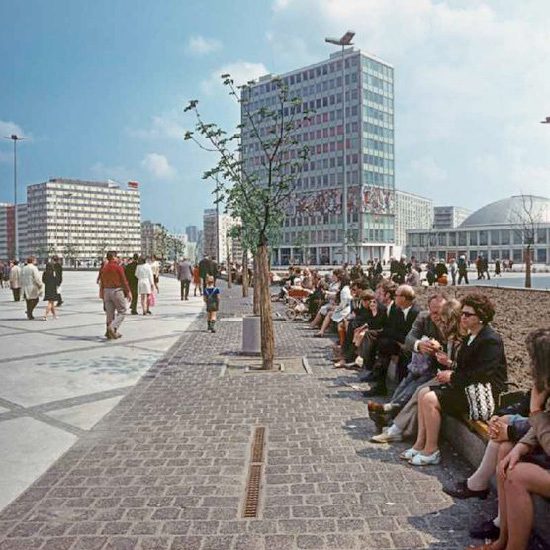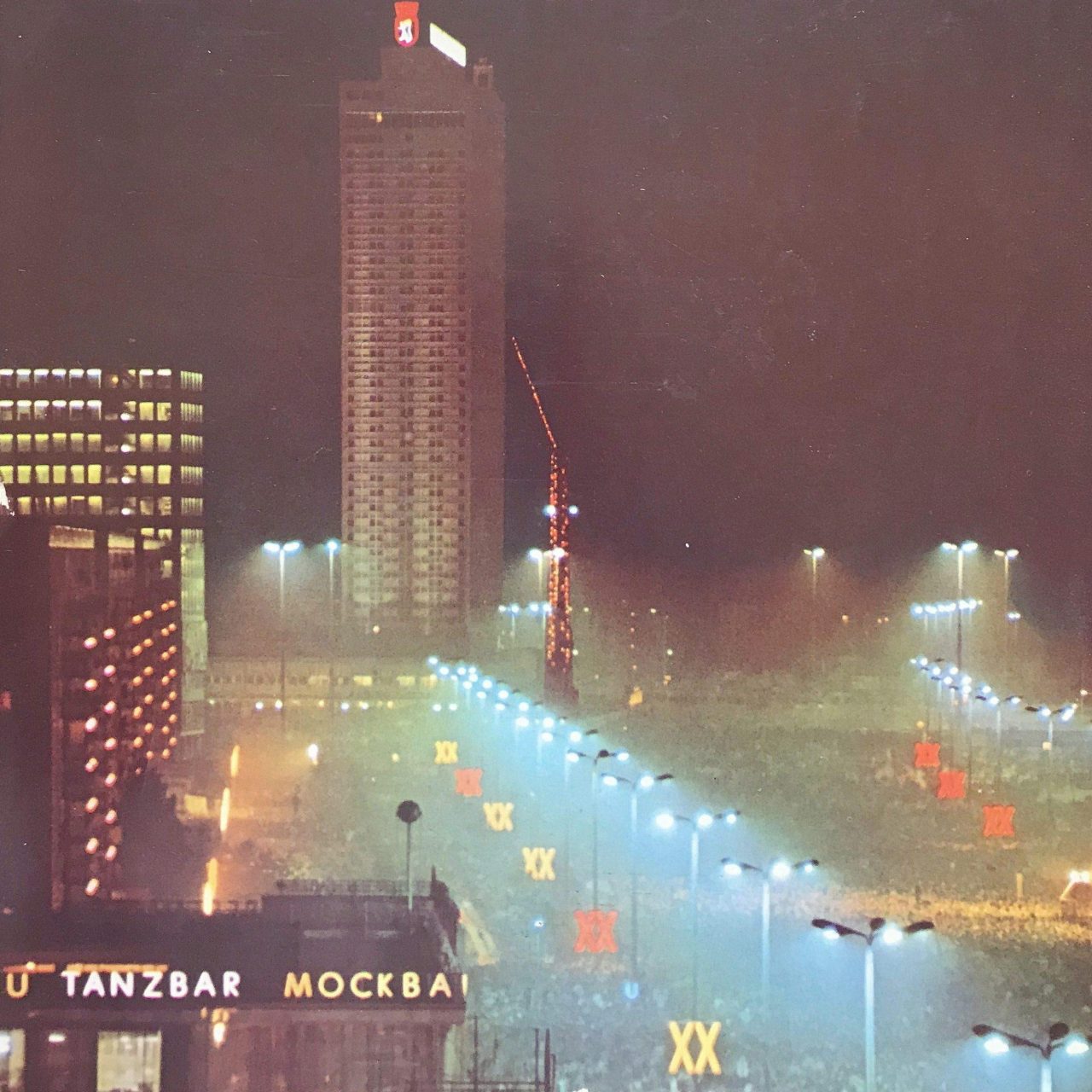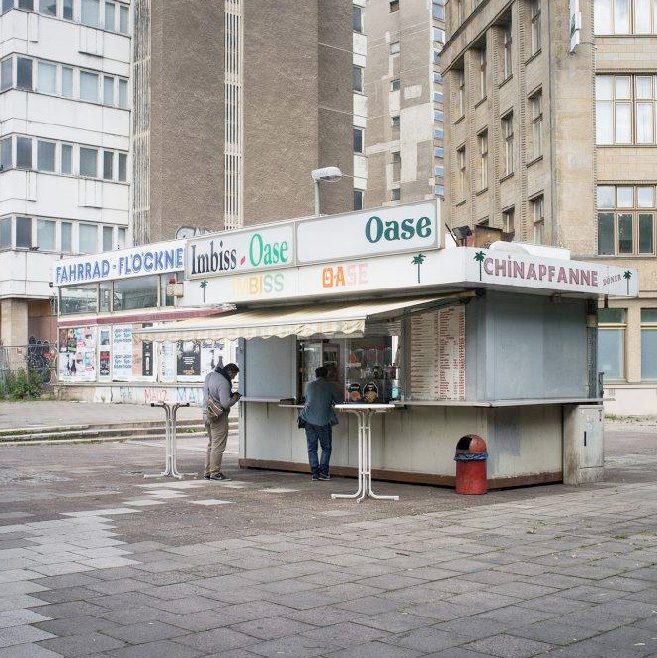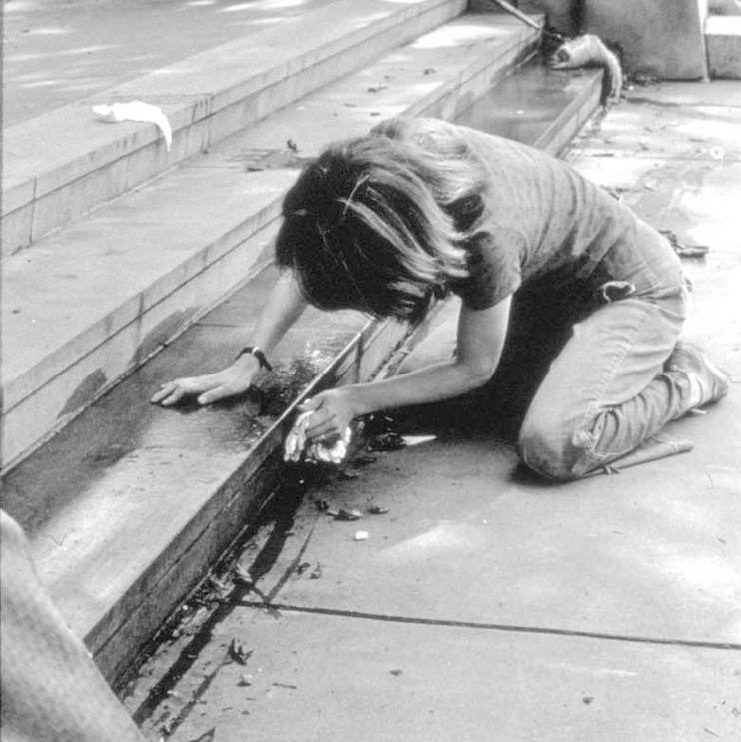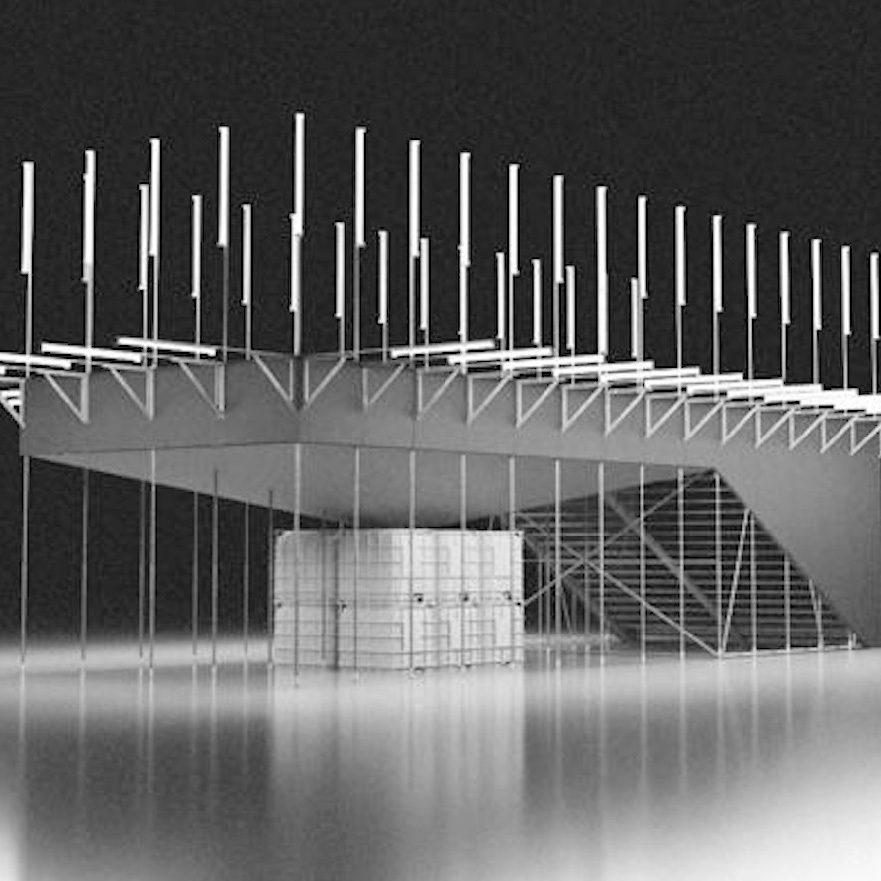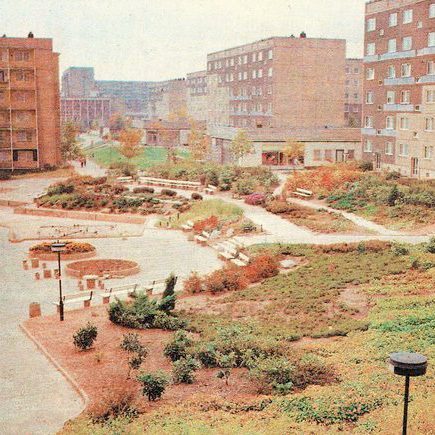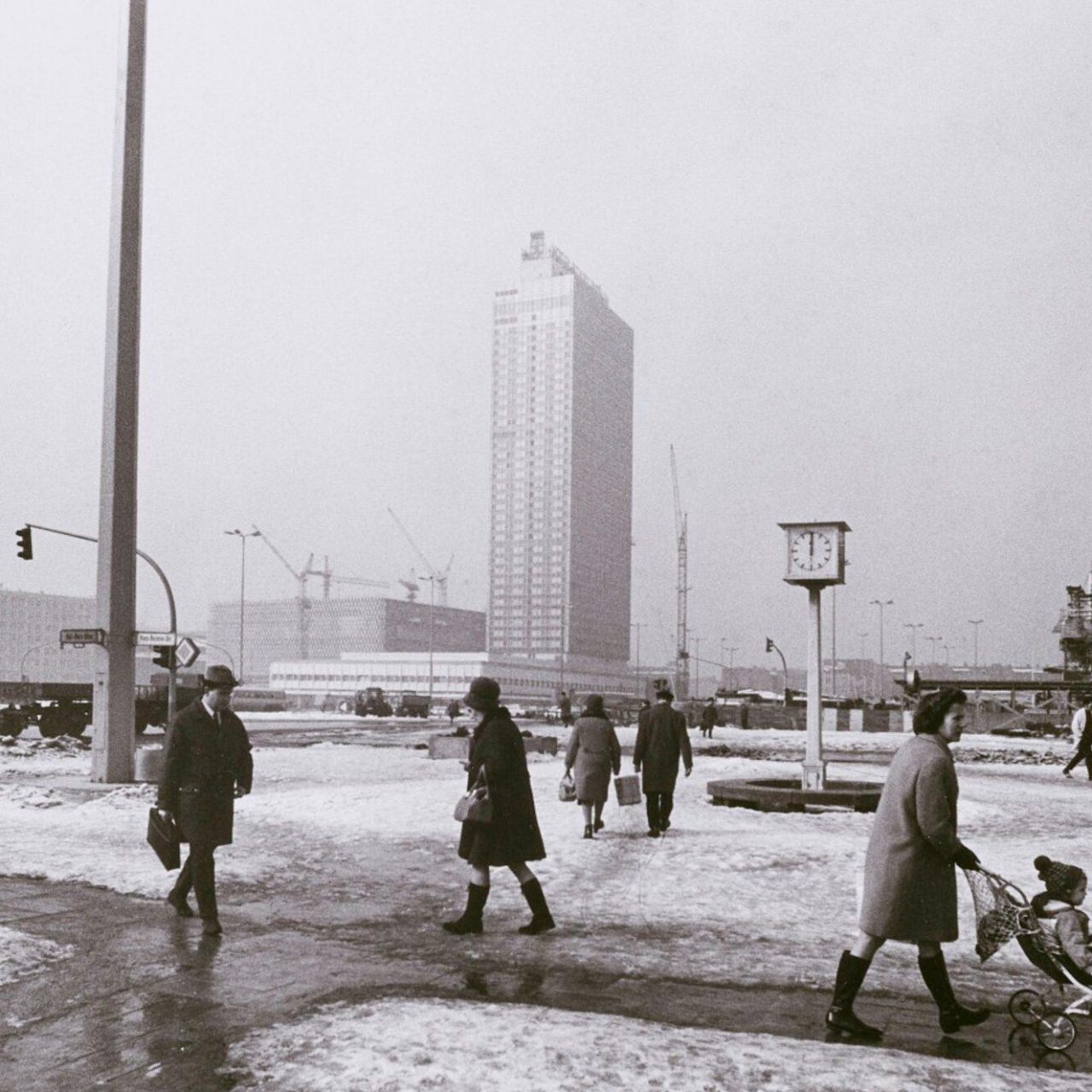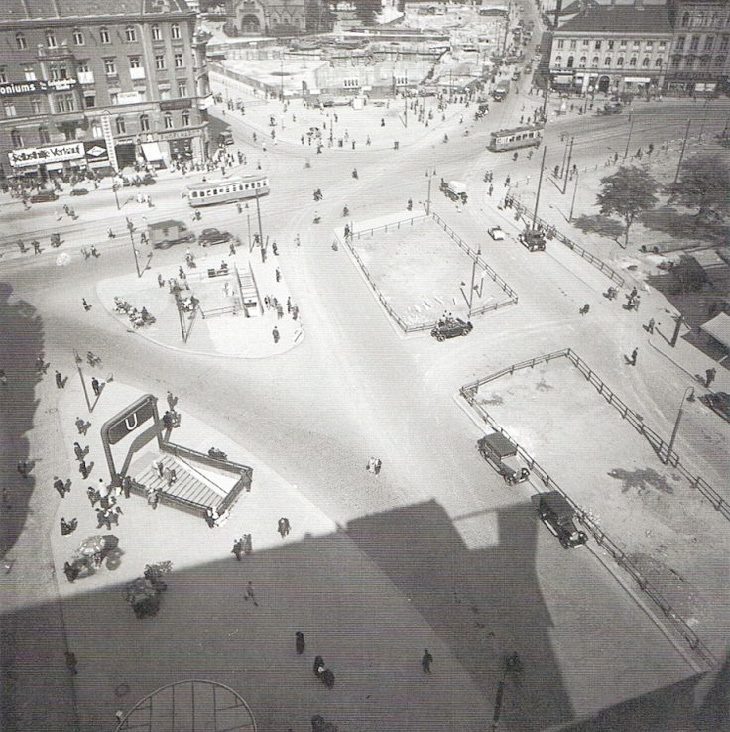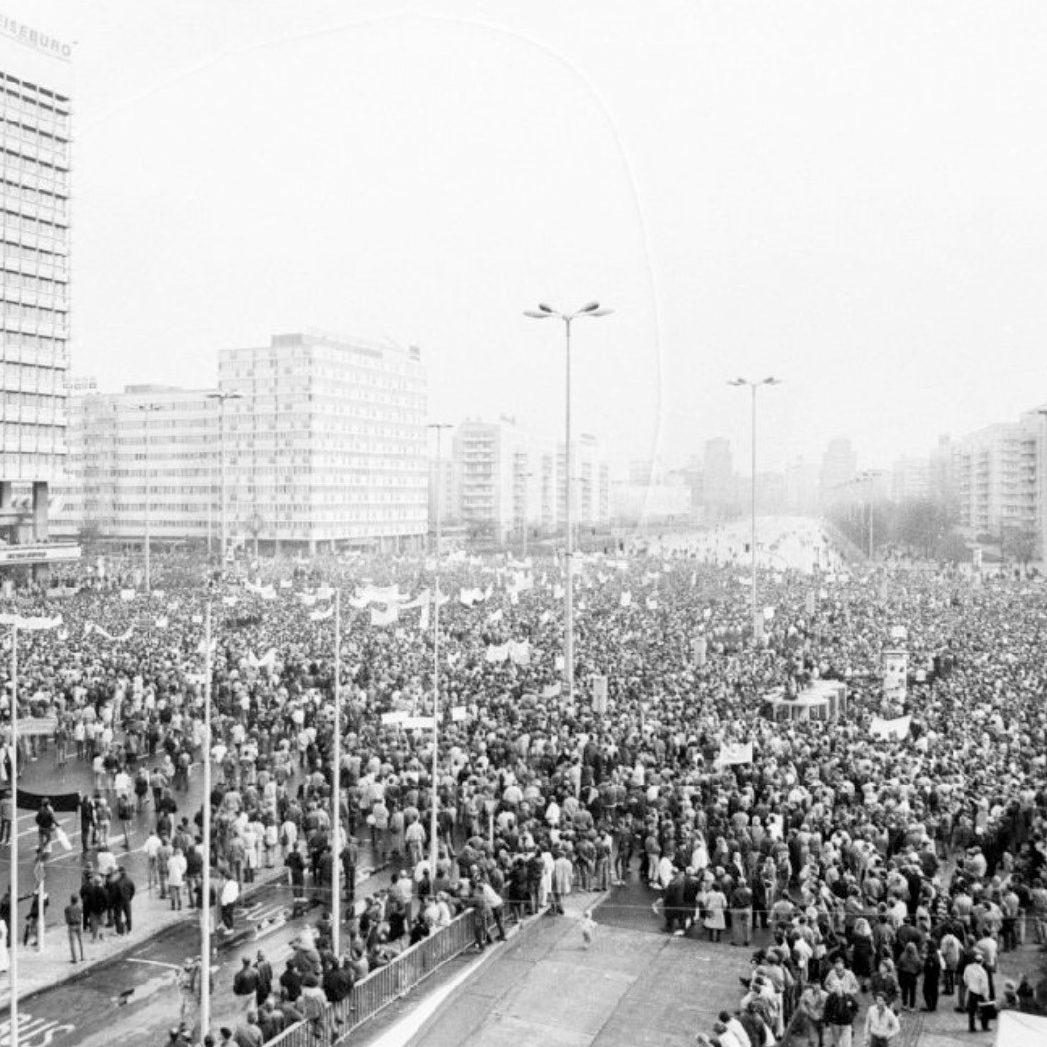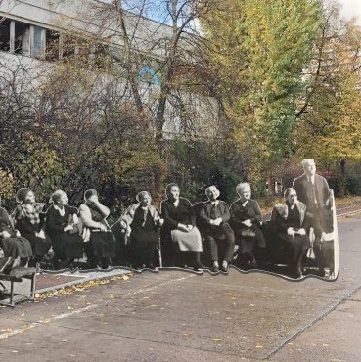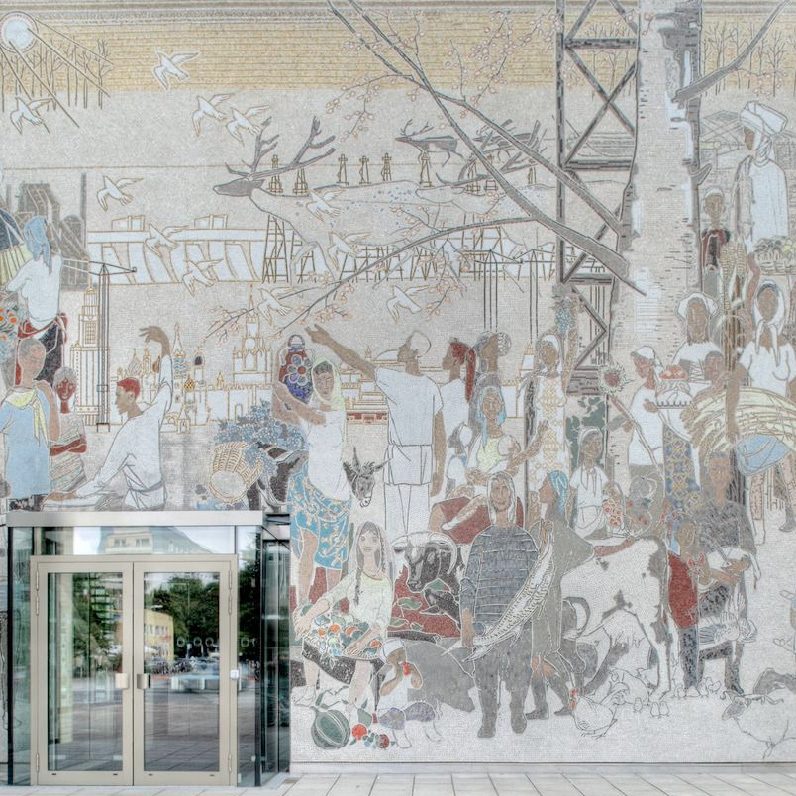The site consists of multiple visible and invisible layers of history. These layers shape the place, giving it meaning, density, and diversity. The project reveals these traces layer by layer and brings them into relation with one another. They are to remain tangible in the future and form the foundation upon which the place of tomorrow is built.
The site holds spatial and temporal relationships with its surrounding context. From the construction of the Königstor and the first St. George’s Church in 1780, to the city wall, tram lines, and the Karl-Marx-Allee framed by prefabricated housing, up to today—the site forms an intersection within Berlin’s urban map. Its appeal lies in its mediating role, as a place of transformation and diversity, a node of multiple dialogues within a 360° urban field.
Within the space, a complex web of narratives unfolds: against a fixed background stand participatory objects that stimulate actors and processes. The carriers of meaning are the fifteen objects of unfolding, positioned as strong characters in relation to one another. Of these, seven already exist on site, five are latently present, and three are newly introduced. The objects are designed with deliberate ambiguity, striving to operate on multiple levels. Many are conceived, built, and used cooperatively. The same applies to the diverse actors involved—the objects also serve as instruments of cohabitation. The urban fabric and visual language of the GDR era remain present and form one layer of the ongoing narrative.
The space and its objects act, through manifold interactions, as stage and grandstand for social unfolding. They serve as projection surfaces—open to interpretation and shifting in purpose according to time and occasion. The openness of the space, the objects, the ground, and their spatial relationships form both a field of vision and of play. The façades of the high-rises, the friezes, containers, and the stratified construction fence form a speaking backdrop. A wide range of actors are invited to inhabit the space—both as spectators and as participants. Imagination here is low-threshold, diverse, and collective—just like the actions that the site and its objects provoke.
The temporary open-space design works with what—and who—is already there. It draws not only on the temporal and symbolic layers of the site but also on its tangible resources: local actors, materials, and existing elements. Transformations across different layers are carried out on site by a variety of participants. New elements and materials are made from renewable or reused resources. Construction, maintenance, use, and care are collectively undertaken by a multitude of actors.

